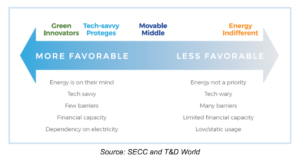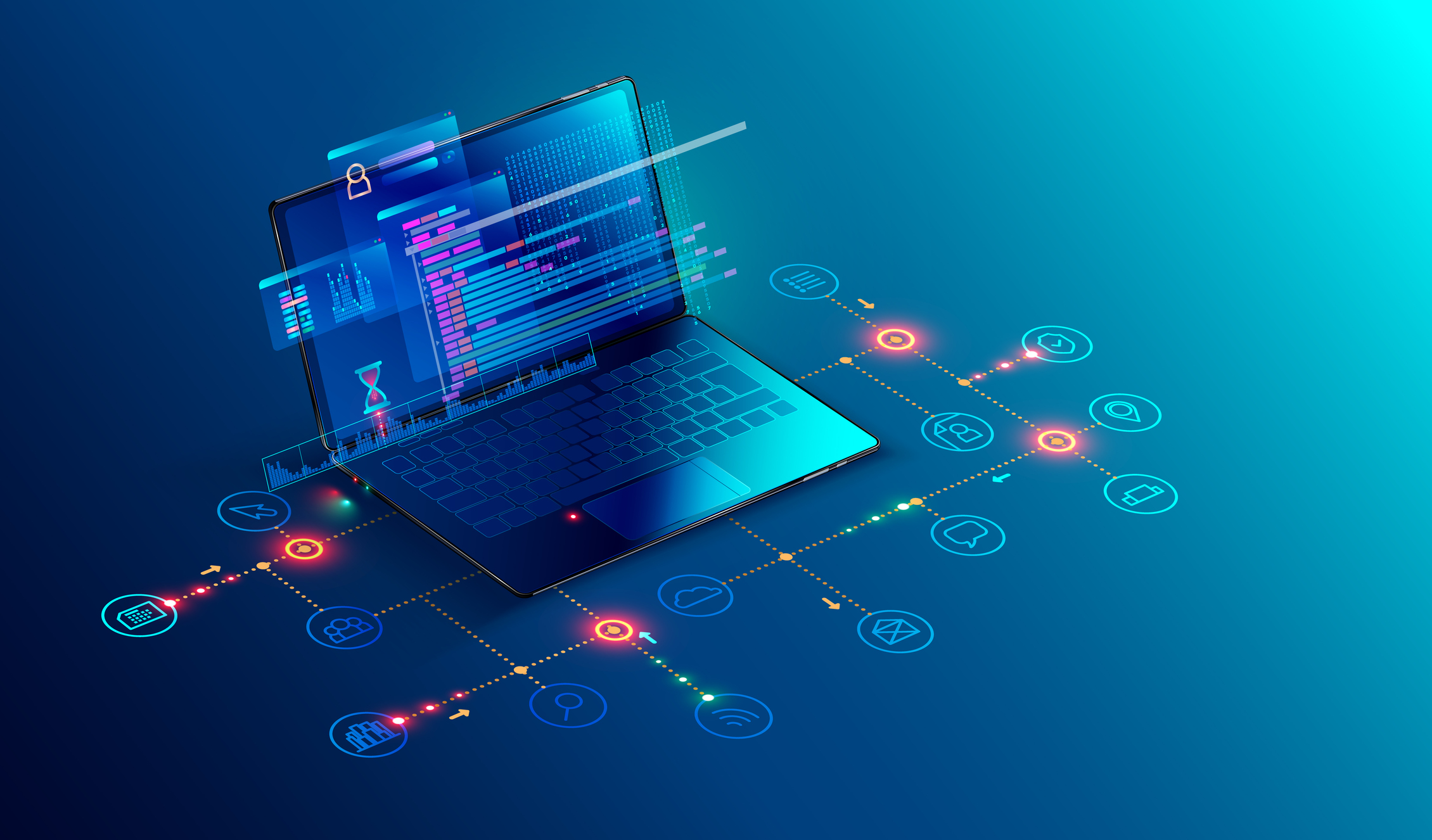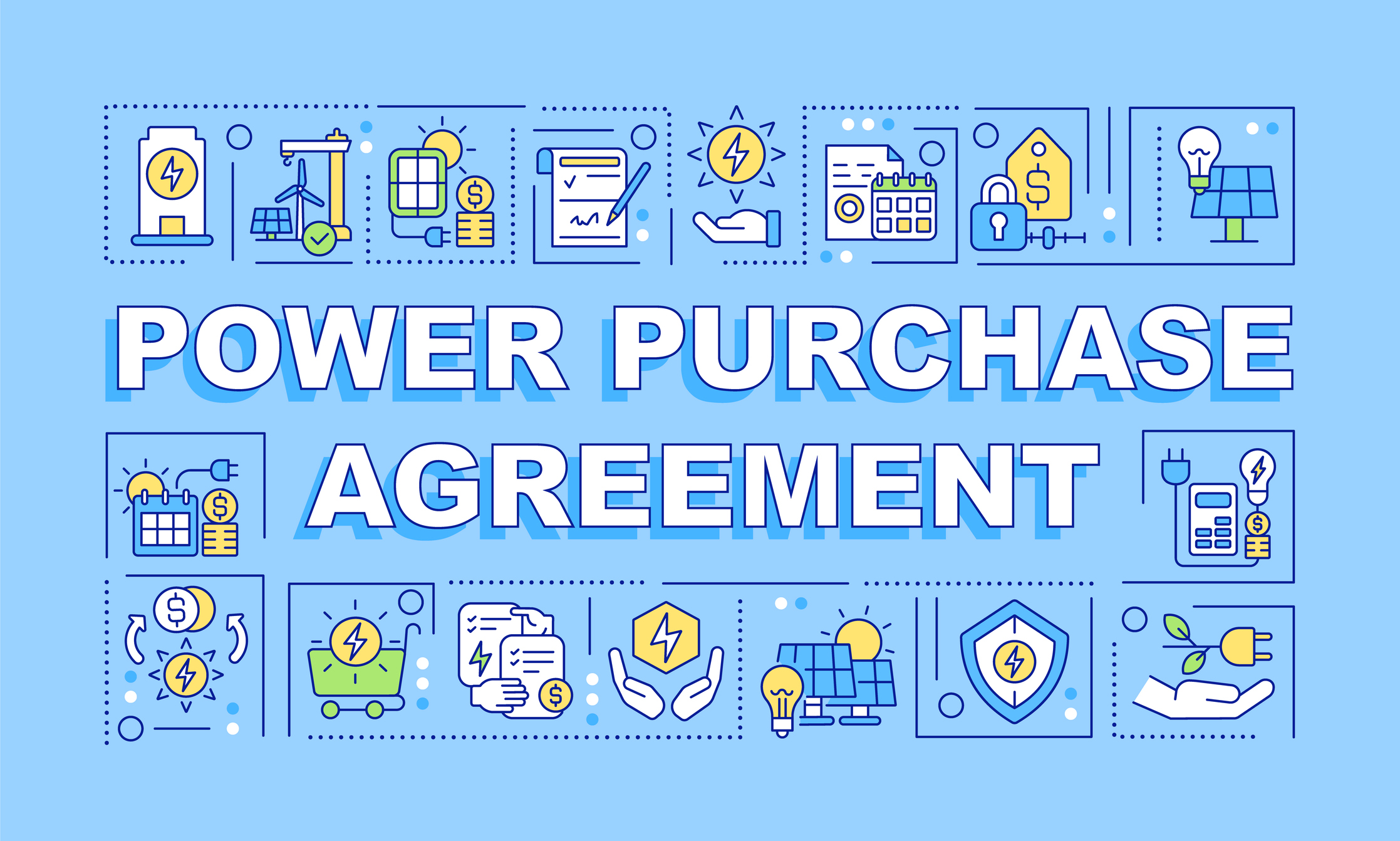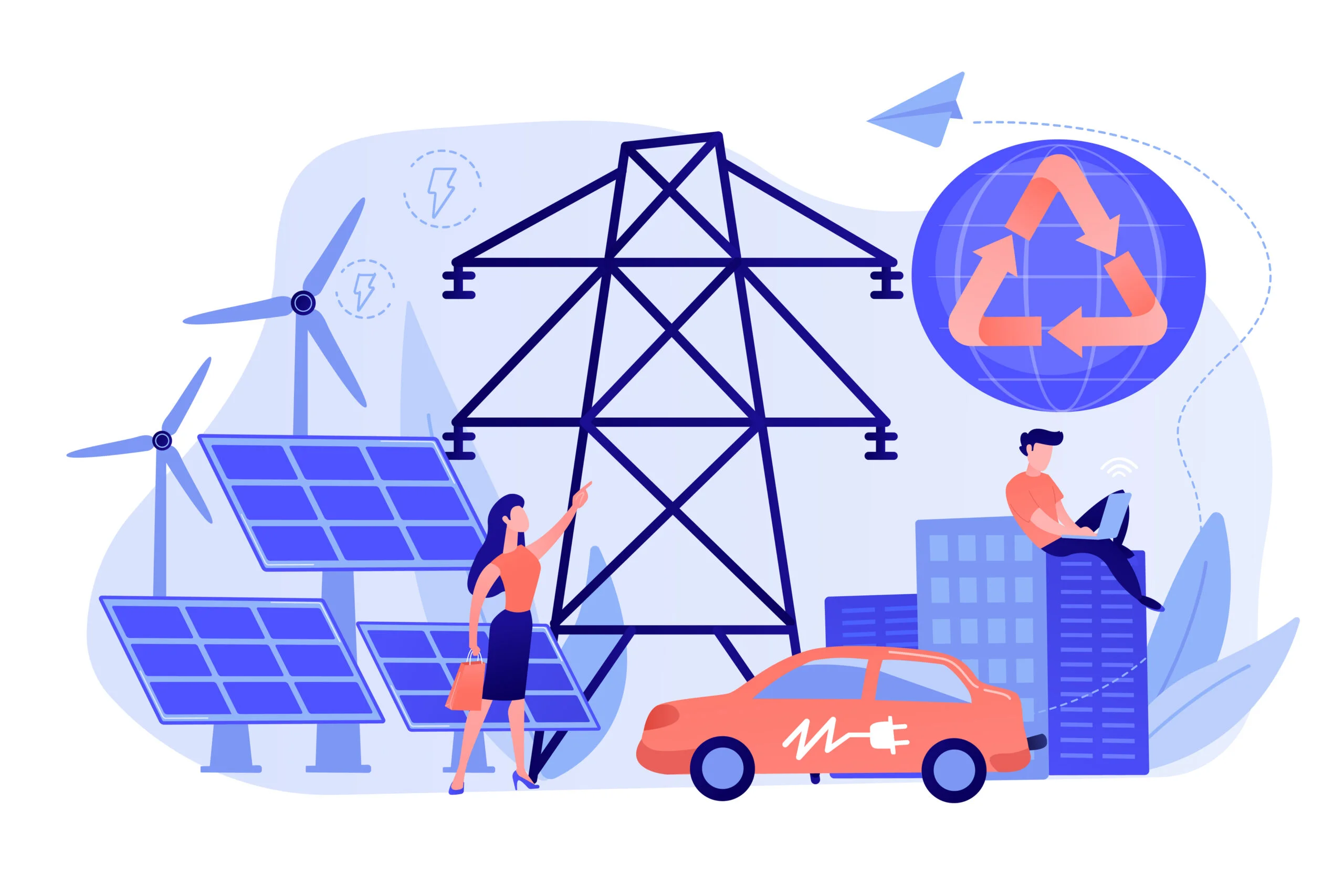Developing a demand flexibility program, from demand response to managed charging and beyond is no small task. Perhaps one of the most challenging elements of creating any new program is in establishing your potential audience, the customers who are most likely to not only enroll but participate in your programmatic endeavors. Research indicates that customers are invested more than ever in managing their electric usage, both in order to keep bills down and mitigate the effects of climate change. Finding the right participants for your program is challenging, but there is new research that examines different customer attitudes, preferences, and motivations that will help utilities develop customer segmentation strategies in an increasingly customer-centric business landscape. Read on to learn how these insights can inform your programmatic objectives.
Marketing Transparency & Customer Satisfaction
A growing number of electricity customers expect more from their electric utility than in the past, from access to renewable energy to greater transparency in marketing materials. That extends to a growing customer desire for services such as energy efficiency programs and self-generation capabilities that tap into existing distributed energy resource (DER) programs.

Screen Shot 2019-07-16 at 12.05.25 PM
So how can utilities use any segmentation strategy to effectively gain and retain different types of customers? To examine this, we’re looking at a few customer types to better help your marketing efforts. Now, let’s look at a few segmentation tactics designed to better motivate utility program enrollment and participation.
Green Innovators
Otherwise known as prosumers, the environmentally-friendly Green Innovators are very conscious of their energy consumption choices. As such, the term “prosumer” has evolved less to represent the Green Innovators looking to make a change and more to the early adopters who have already invested in DER technologies. Studies indicate now that around 85% of all consumers believe that renewable energies are an imperative investment for any utility provider. Fortunately, the adoption of DERs like home solar has continued to rise, a trend that promises to continue as solar technology becomes more affordable to average households.
Like prosumers before, Green Innovators are willing to pay higher prices for technology and services that will improve their energy efficiency and clearly understand the value of sustainability. Demographically, these Green Innovators tend to be tech-savvy, younger, and higher-income civilians who are living on the West Coast, although as noted, that trend is slowly shifting to a broader audience.
According to the SECC study above, 70% of Green Innovators are interested in receiving bill credits over any other incentive type when they reduce usage during peak times. Through a robust customer engagement strategy, utility program managers are afforded a great opportunity to implement a program that encourages participation while lowering energy costs and increasing grid resiliency.
Alternatively, Green Innovators are equally marketable for demand flexibility programs like demand response, conservation strategies that lower usage to increase energy security by monitoring smart home devices and reducing energy consumption during peak periods. Utilities that provide apps and portals for customers to track daily device usage will be especially attractive to this tech-savvy group. Additionally, this segment is likely to be interested in residential solar and wind generation. Utilities with a platform to manage these DERs can ensure greater grid reliability and customer satisfaction.
Tech-Savvy Proteges
Similar to Green Innovators, around 25% of all consumers are Tech-Savvy Proteges who have environmental concerns, albeit as motivated less by energy efficiency and more so by potential savings. They may not engage with many smart home technologies currently but are likely potential buyers. This group tends to be younger homeowners with the highest electricity bills.
Since this segment is largely motivated by savings, utilities can appeal to this group by promoting real-time information and pricing like time-of-use (TOU) rates that allows customers to control their energy usage and thus their bills. By offering these innovative smart home technology-based cost-saving programs, utilities can provide that extra push Tech-Savvy Proteges need to purchase technologies like smart thermostats, water heaters, and washing machines that will benefit both parties.
Movable Middle
As the largest of the consumer segments, the Movable Middle includes 29% of all customers, although that number is dramatically changing as people around the world struggle with climate anxiety. They have some concern for the environment as well as concern for their energy bills but are not very interested in using technology to manage energy use. As such, the Movable Middle demographic typically skews slightly older residents who don’t want to change their current living situation.
Fortunately, this segment can be swayed through provably reliable education and engagement strategies, which are already working to motivate the lifestyle changes necessary to tackle the affects of climate change. Utilities should consider developing promotional content, as well as hosting events like energy literacy workshops or virtual webinars to discuss how this group can help the environment while lowering their bills. Showing customers data and statistics about the potential benefits of such a utility program plays a large role in any convincing argument. As such, utilities with the right data collection tools to show customers the advantages of load shifting, energy management automation, and potential rebates can develop and eventually scale their programs.
Energy Indifferent
As the name might suggest, the 26% of customers that comprise the Energy Indifferent are challenging to engage because energy-related matters just aren’t a priority. They’re not very interested in energy efficiency utility programs or smart home services and just want to have electricity to power their homes. Demographically, this segment is likely to be slightly older and less tech-savvy than other segments. Those in the Energy Indifferent segment are also often lower-income and more cost-conscious, focusing mostly on keeping bills as low as possible.
Because this segment is not very interested in technology and likely will never be, utilities can take a different approach to satisfy their main desire to keep costs low. A simple but elegant solution to this market segment is to meet them where they are. If the Energy Indifferent are challenged by fixed budgets, appeal to their economic sensibilities by leading with the various financial opportunities that demand flexibility programs afford, such as reduced usage and program incentives. Likewise, include tips on how to reduce and conserve power whenever possible, including any information about local assistance programs designed to help low-moderate income (LMI) households meet their energy needs.
Technology & Segmentation
Even within the customer examples that we’ve enumerated above, there are software solutions that can further segment your utility programs. With the right distributed energy resource management system (DERMS), program managers can use software solutions as the gatekeeper for your utility program. For example, through a landing page or microsite, utility program managers can determine eligible devices and households, and use that information for their marketing efforts.
Furthermore, once customers are enrolled in your demand flexibility or DER program, program managers can partition demand response events at a granular level that meets the needs of individual neighborhoods, not just the total service area. This feature allows for program deployment in the least intrusive way possible, creating a low impact on your customer base.
Utility Program Conclusion
Every utility customer is different, but segmenting customers effectively can help utility program managers ensure that their tactics are tailored and drive the most value for both the customer and the utility.
Article originally published on July 17, 2019, with updates on April 7, 2023.






